Leslie Reid
BORN / NÉE À Ottawa, ON / Anishinabewaki
LIVES / HABITE À Ottawa, ON / Anishinabewaki
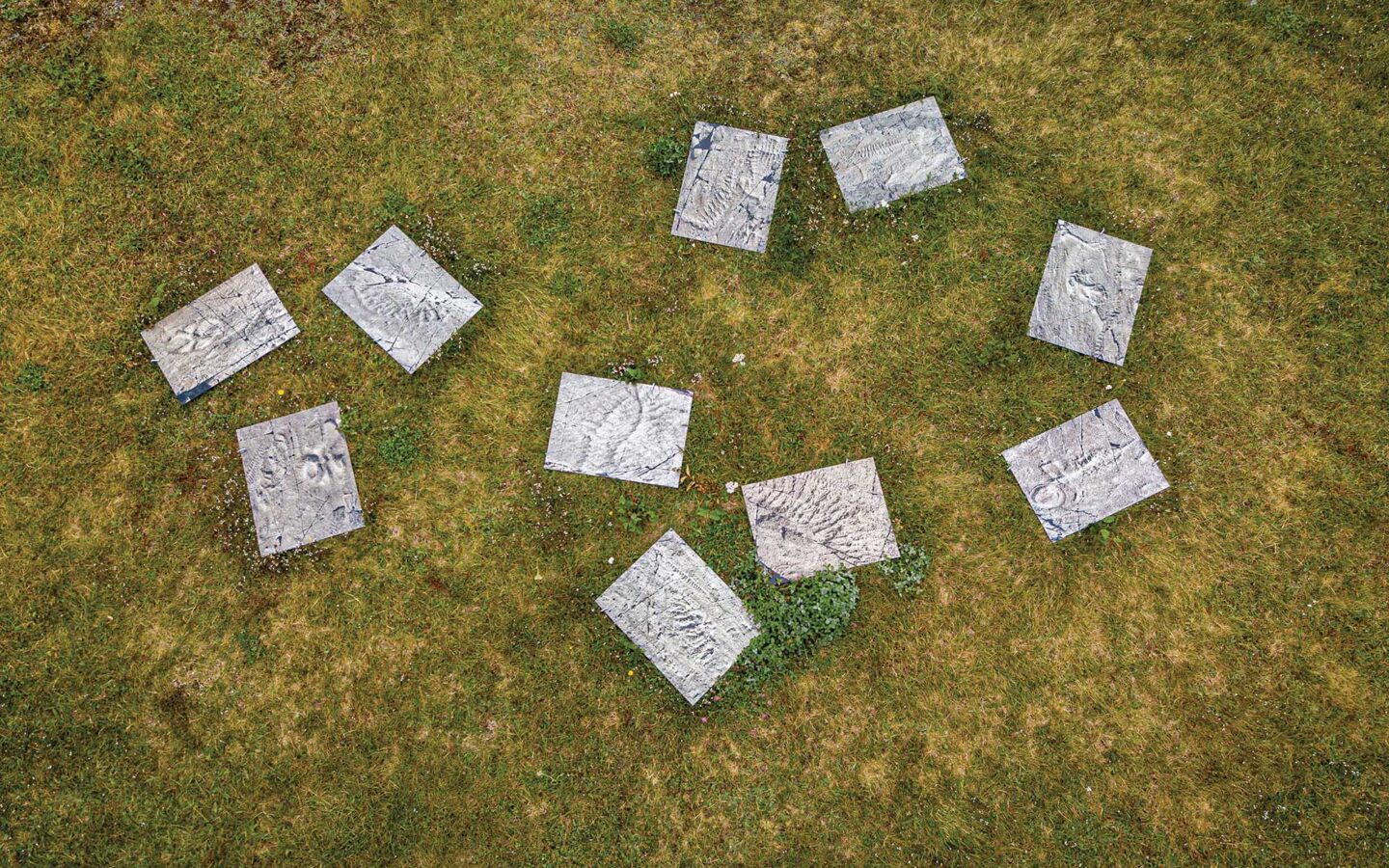
BORN / NÉE À Ottawa, ON / Anishinabewaki
LIVES / HABITE À Ottawa, ON / Anishinabewaki
After the Cryogenic (Snowball Earth) 2021
Site-specific installation / Installation in situ
Site 23 – Coaker Factory Building, Port Union
Disappearance 2021
Light boxes / Boîtes lumineuses
Site 18 – Sealers Museum, Elliston
Inversions 2021
Light boxes / Boîtes lumineuses
Site 18 – Sealers Museum, Elliston
Leslie Reid is one of Canada’s pre-eminent painters, known for large luminous landscapes. However, she has turned almost entirely to photography-based works in recent years. The Biennale presented examples in two new (to her) formats: light boxes at the Sealers Interpretation Centre, Elliston; and her first outdoor installation, 10 photographs on aluminum plates, at ground level behind the Coaker Factory Building, Port Union.
Ice—as both symbol and evidence of climate change, especially in its unfolding impact on Northern peoples—has become the fulcrum around which Reid’s research and artwork revolves. After the Cryogenic (Snowball Earth) took viewers back to the Cryogenic period between 700 and 600 million years ago, marked by two Ice Ages. “Snowball Earth” refers to a theory that ice then completely covered the planet, creating conditions in which complex life forms developed.
Fossils at Mistaken Point on the Avalon Peninsula have been identified as the first multicellular organisms. Reid’s photographic plates reference her deep response to standing among those Ediacaran biota, 565 million years old. The loosely ordered plates invited viewers to walk among them, watching changing light veil or reveal the intricate forms. Low tides at the waterfront site revealed actual Ediacaran fossils: Port Union sits within the new UNESCO-designated Discovery Global Geopark, encompassing the Bonavista-Trinity area.
The light boxes included an excerpt from Reid’s new series on Arctic ice, and two landscape images shot through a Fresnel lens at Cape Race Lighthouse, near Mistaken Point. That process inverts the distant headland, creating, in the artist’s view, a poignant parallel for the natural world increasingly upended by human interventions.
PG
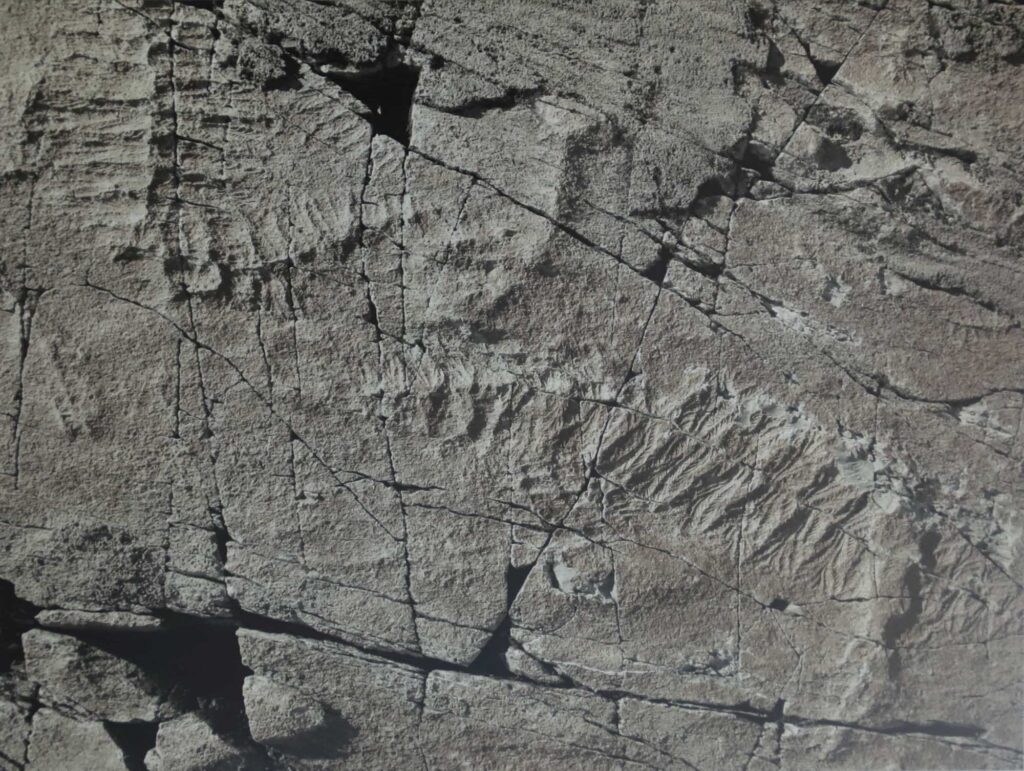
Top / En haute : After the Cryogenic (Snowball Earth) 2021 (installation view and detail / montage de l’installation et détail). 10 photographs printed on aluminum panels, plywood / 10 photographies imprimées sur panneaux d’aluminium, contreplaqué. Each panel / Chaque panneau : 45 x 36 cm (18 x 14”). Photos : Courtesy of the artist / Gracieuseté de l’artiste.
Below / Ci-dessous : Inversions 2021 : Disappearance 2021 (installation view / montage de l’installation).
Below / Ci-dessous : Inversions 2021 (detail / détail). Light boxes / Boîtes lumineuses. Each / Chacune de 68 x 89 x 0.77 cm (27 x 35 x 2”).
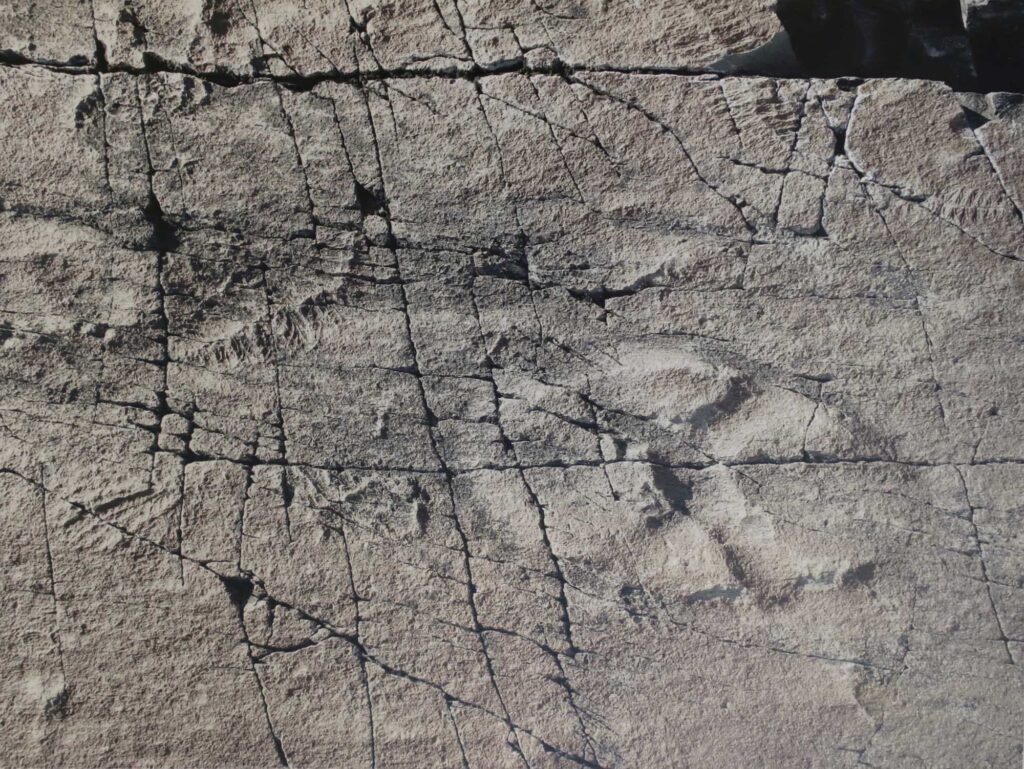
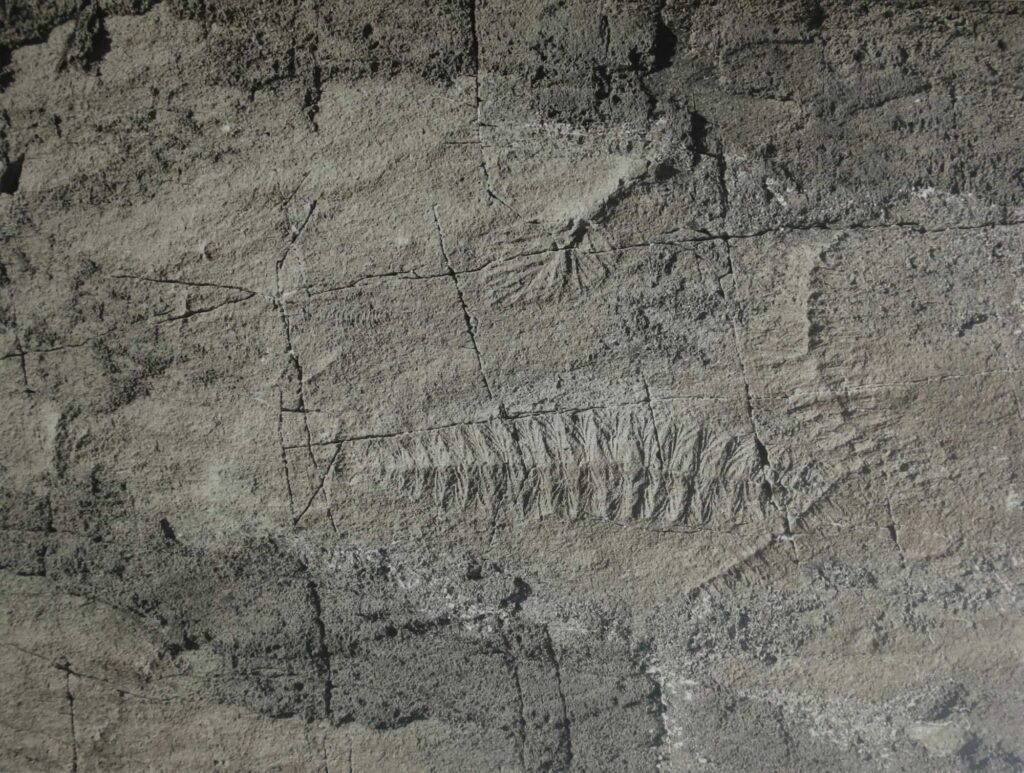
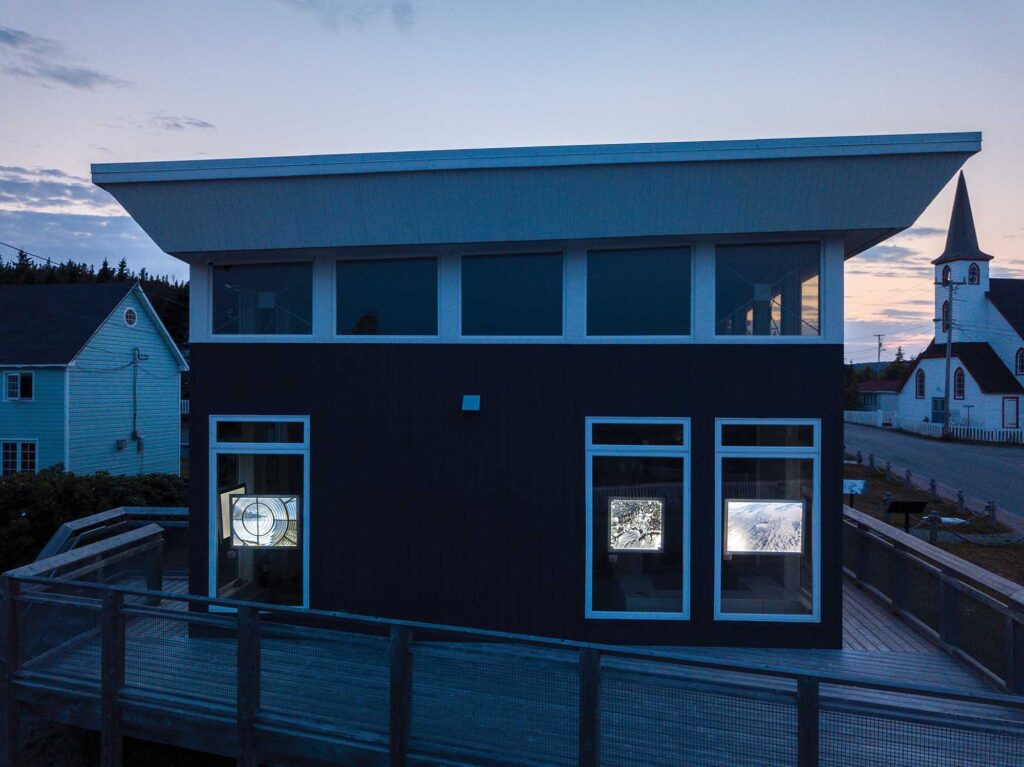

More about Leslie Reid
Leslie Reid was in the landmark exhibition Some Canadian Women Artists (National Gallery of Canada, 1975–76), celebrating the first International Women’s Year, and represented Canada at the Paris Biennale. Exhibitions include Leslie Reid: A Darkening Vision (2011), Builders: The Canadian Biennial (National Gallery of Canada, 2012), Mapping a Cold War (2016) and Open Channels (Âjagemô Gallery, 2019 and Frankfurt Book Fair, 2020). In 2012, she received the Queen Elizabeth Diamond Jubilee Medal. Reid’s work is in collections at the National Gallery of Canada, the Art Gallery of Ontario and public and private collections across Canada. She is Professor Emerita, Visual Arts, at the University of Ottawa.